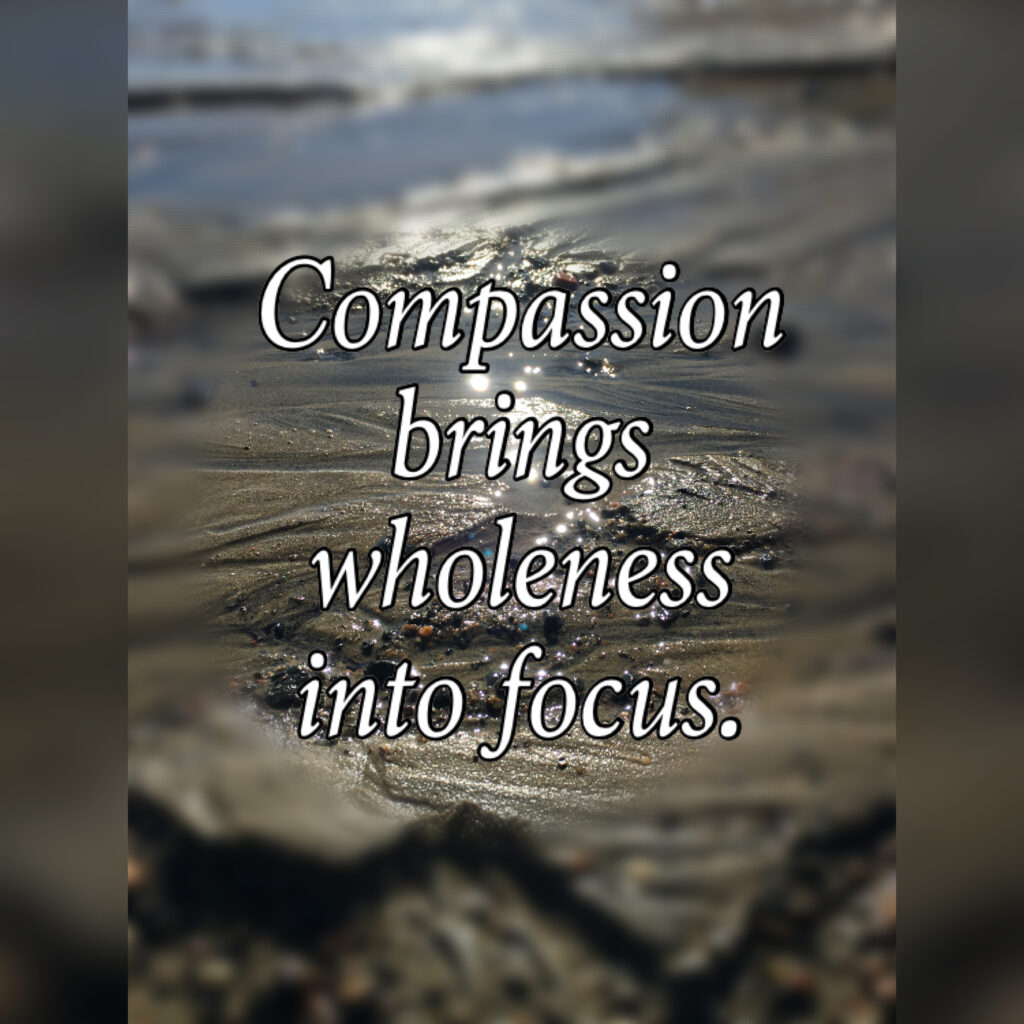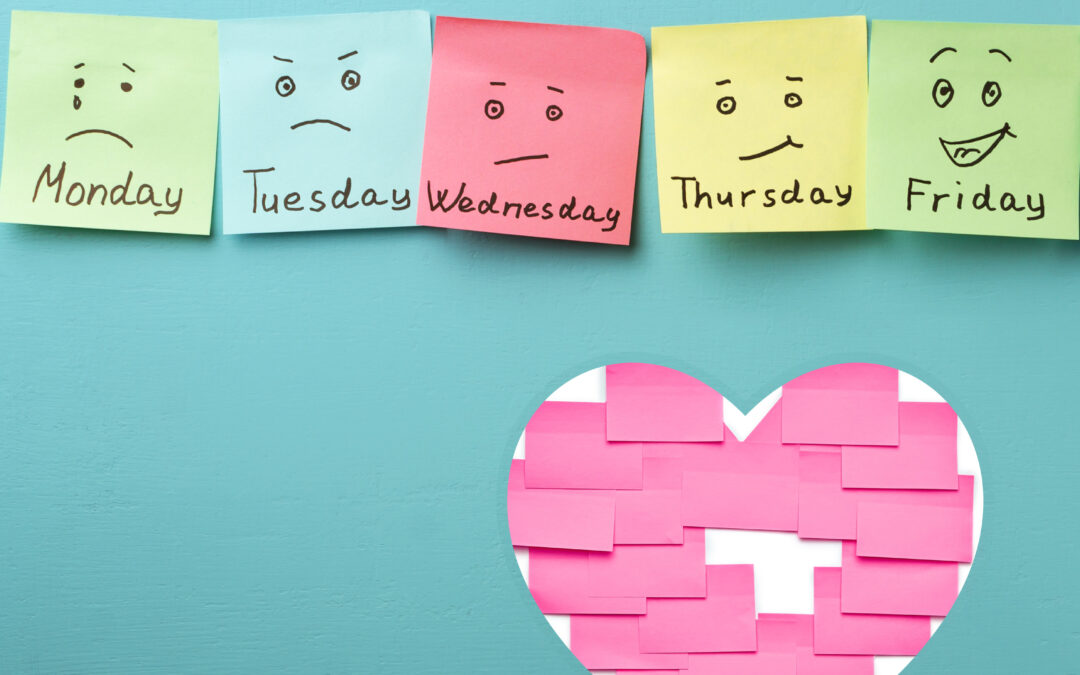My wife and I have 35 years of combined experience in education. Our daughter is in 6th grade. We are fully capable of running a rigorous academic homeschool. Instead, we ask, “Who cares?”
This is not a flippant retort, but heartfelt consideration of what’s at stake with homeschooling in a time of crisis. I am a former special education teacher and administrator. I am the Founder of Well Together Now, a wellness enrichment provider. I am married to a second-grade teacher. I am a parent. Wearing each of these hats, I reach the same bottom line: Who cares? In other words, how do we account for compassion and connectedness?
What works for us may not work for you. I expect that. I respect that. Nonetheless, despite differences in family composition, learning styles, and school systems, comprehension blooms in the kindred rays of compassion and connectedness. That in mind, we should plan with a nod to COVID’s extraordinarily oppressive gravity and carry that perspective throughout.
Our daughter thrives on routine. This hasn’t changed, but a compassionate routine brings awareness that requirements and demands, once unremarkable, may unexpectedly turn to tripwires for emotional distress.
Each day our 11-year old enters the spare bedroom, now her classroom, to focus on assignments from her teachers. She is an organized planner and gravitates towards calendars and checklists. For now, to-do is to-try, which means setting her daily schedule with multi-colored sticky notes, moving squares between columns as a reminder of her accomplishments. We refrain from micromanaging and gift her control in owning that schedule. Somedays, the done column is more colorful than others, and that is fine.
Compassion brings wholeness into focus. An insensitive view pointed sharply at grade level expectations blurs the background of the current setting and context. Our daughter needs more than academic skill maintenance; she needs community connectedness. We recognize this absence in the context of her school day, reflected in subdued shrugs as she begins another lonely session at her desk. She is responsible, and despite her newly depressed affect, she gets the job done.
Sometimes we see a spark and fan this energy, preserving her glow for as long as possible. Our daughter is an only child. She can’t always get what she seeks from two adults, but this is her setting. We own it and try to account for it. We check in regularly and offer to help or to be a sounding board for thoughts and ideas, but she longs to collaborate with the school team, not her two moms. There is nothing that ignites her like the camaraderie of friends and teachers.
Her teachers write communications on Google Classroom. I worry about missing key messages, as I am unfamiliar with the platform. She receives my questions with harsh resistance, “I know what I am doing, Mom!” Her preteen armor deflects these annoyances, shuffling through the minimum required prompts, passages, and problems in a flurry of sighs and eye rolls.
My blunt, internal reaction: Who cares if she checks off the ELA assignment if there is no personalized, live feedback? Who cares if she completes the math problems if no one understands why she needed three tries to answer correctly? No, really—who cares? And how does she know that they care without occasional faces, voices, and real-time human connections?
What’s more, how do we account for a significant social deficiency and lack of rapport with classmates and teachers? The technology is available. Ultimately, I believe that the value of school-community engagement is greater than that of academic task menus. This assertion does not assign blame to already stretched teachers. Nonetheless, it begs us to consider the absence of connectedness as a costly omission for this cohort.
For clarity, I am not suggesting teachers move to live academic lessons. A successful online platform, especially at the elementary level, is a huge undertaking that requires thoughtful planning outside of pandemic stressors. I am suggesting that before we ask teachers and families to focus on academic learning, we should first ask how they are doing—and listen. We should have these conversations with faces and voices, in real-time, if at all possible. If we want students to persevere and persist, then we need to provide a social reservoir for when their wells threaten to run dry.

Our daughter is not mourning lost math minutes. She is mourning anticipated social experiences and milestones, the 6th-grade camp trip, the last days at her current school, the would-be signatures in her graduating yearbook. These losses are her context. Districts assign urgency to academic accountability. Still, the real tragedy comes if we lose sight of this authentic opportunity to teach our children that, as human beings, we thrive when we fill our buckets with connections, and above all else, compassion.
Therefore, as both parents and educators, we ask—who cares? Thus, our educational priority remains to account for such losses by maintaining and strengthening connections beyond our insulated trio wherever possible. We buffer her peer-to-peer social needs through our close-knit extended family. She spends hours talking or doing group activities with cousins and other relatives on FaceTime every day. This means extra time on her phone, and that is fine.
Long days deserve compassionate punctuation. What-ifs muffled by distractions tune-in with terrifying clarity in the silence of the night. A soft light seeps through edges of our daughter’s bedroom door, reminding me that she too wrestles with her worries. I close my book and head towards her room. Turning the knob, I crack the door slightly. Looking up from her book, she asks, “Mama, is everything ok?” I reassure her, “Of course. I just thought since we can’t find sleep, that it might be nice to be together.” She sees the book in my hands and moves the covers to make room at her side. Tomorrow we will be tired, but we have shared experiences that will get us through another day with compassion.
REPOST: Dawn’s column was orginally published in The Salem News.

